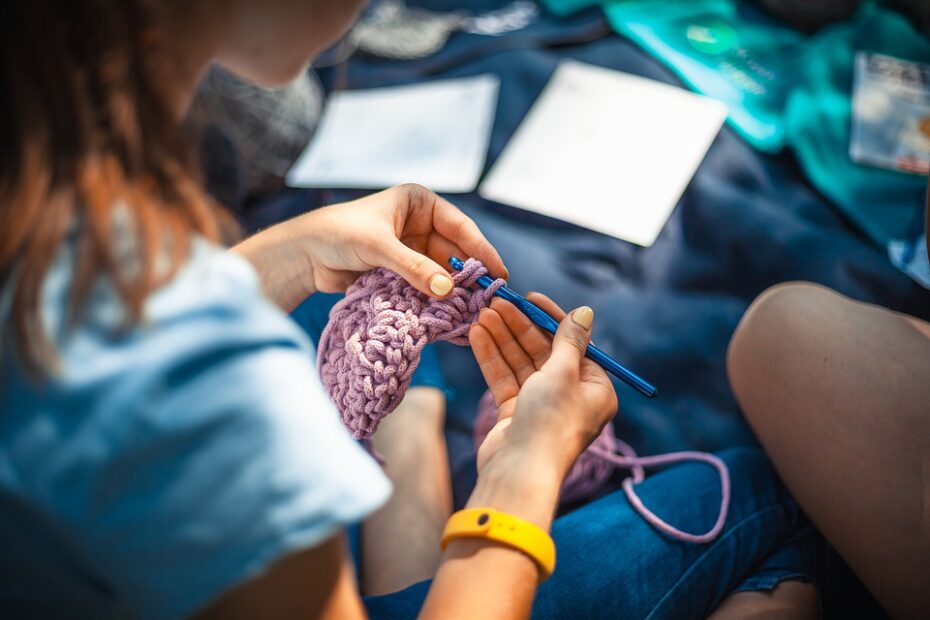To knit beautiful things, it is very important to choose the right needles because it affects the appearance of the product and the suitability of the knitted item to the desired size.
The knitting needles differ in shape, size and the material from which they are made.
Knitting needles can be straight, circular and stocking needles.
Straight needles are two needles that have a stopper on one end. Such needles may be of different lengths from 30 to 45 cm. On such needles knit flat goods: sweaters, children’s suits and dresses. It is believed that when knitting on straight needles, the fabric is more even.
More convenient are circular needles, ie, two knitting needles, fastened with fishing line. The fishing line can be of different lengths: 60, 80 and 100 cm, which allows you to knit large things on such needles. It is easier to knit on circular needles, because your hands are simply less tired, because the knitted fabric is folded and also takes up less space.
And another type of needles – stocking needles. This is a 5 20 cm long needles for knitting cylindrical things (mittens, pinafores, socks) without seams.
The size or number of a needle is its thickness in millimeters. Numbers of knitting needles vary from 1 to 12 in increments of 0.5. Number of knitting needles is selected depending on the thickness of the yarn, the required density of the product and knitting technique. Usually it is written on the yarn labels what number of needles to knit, but it is quite an average figure. You should always take into account what pattern you knit (for example, for openwork patterns the yarn can be much thinner than the knitting needles) and what your individual knitting density is.
For normal knitting it is recommended to choose knitting needles about 2 times thicker than the yarn.
And lastly, what kind of material should I choose for my knitting needles? Steel, aluminum, teflon and wood needles are available. Any knitting needles should be light, well polished or nickel-plated. Teflon spokes are the most convenient. They are light, smooth, come in different shapes and sizes. For beginners, wooden needles are recommended, because knitting on them is less slippery.
Remember that the density of your knitting will depend on the right choice of needles: if the thread is much thicker than the needles, things can be very dense, stiff and even smaller in size, and vice versa, if the needles are thick, the product will be loose and shapeless.
